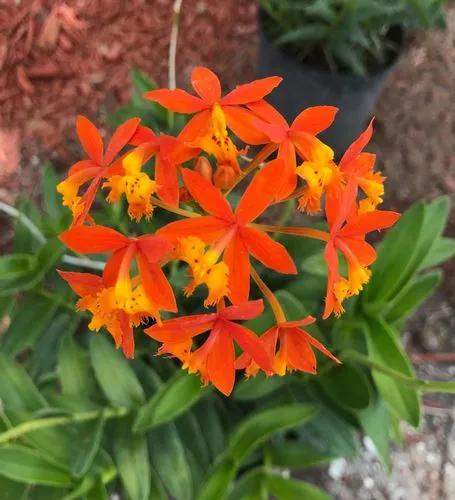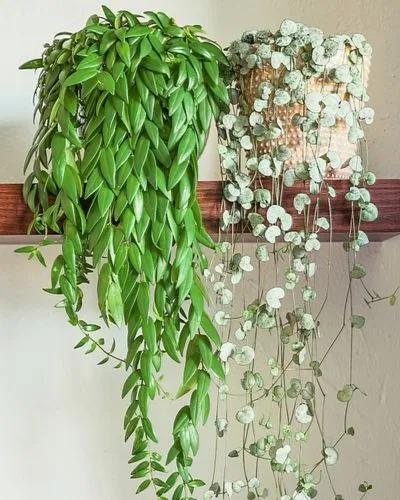Wild Chrysanthemum taxa are herbaceous perennial plants or subshrubs. They have alternately arranged leaves divided into leaflets with toothed or occasionally smooth edges. The compound inflorescence is an array of several flower heads, or sometimes a solitary head. The head has a base covered in layers of phyllaries. The simple row of ray florets is white, yellow, or red; many horticultural specimens have been bred to bear many rows of ray florets in a great variety of colors. The disc florets of wild taxa are yellow. Pollen grains are appropriately 34 microns. The fruit is a ribbed achene.[8] Chrysanthemums start blooming early in the autumn. This is also known as the favorite flower for the month of November.
Red Mum Care
Chrysanthemum morifolium 'Majesty Red'



How to Care for the Plant

Water

Mums require a lot of water. Give them 1 inch per week during the early growing season, and then increase this to two or three times a week as the flower buds mature and the flowers begin to open.

Pruning

Cut back the stems of the mums to 3 to 4 inches (8 to 10 cm.) above the ground. Leaving a little bit of the stems will ensure that next year you have a full plant, as the new stems will grow from these trimmed stems. If you cut the mums back to the ground, fewer stems will grow next year.

Fertilizer

It is crucial to provide nitrogen and potassium to chrysanthemums during their vegetative phase. Feed the plants before flower buds form to promote healthy roots, bud development, and a vigorous plant.2 Start a feeding cycle in March, April, or May, depending upon your zone. You can get a time-released fertilizer (12-6-6), which feeds the plants for about three months. With this fertilizer, you might only need to feed the plants once. The general rule of thumb is to begin after all danger of frost has passed. That way any new growth forced by the nutrients will not be in danger of damage from icy weather. Established plants should not be fed after July, so new growth is not injured by frost.

Temperature

Maintain their daytime temperatures near 70 to 75 degrees Fahrenheit, and avoid exposing them to high heat and frost. Check the mums' soil moisture daily, and water the mums when the top 1 inch of soil begins to dry.

Additional

The chrysanthemum species, including popular daisy mums (commonly just called daisies), are toxic to animals like cats because they contain chemicals known as sesquiterpene lactones, which are terpenoids that serve diverse functions within the plant.8 окт. 2019 г.

Popularity

180 people already have this plant 40 people have added this plant to their wishlists
Discover more plants with the list below
Related articles






